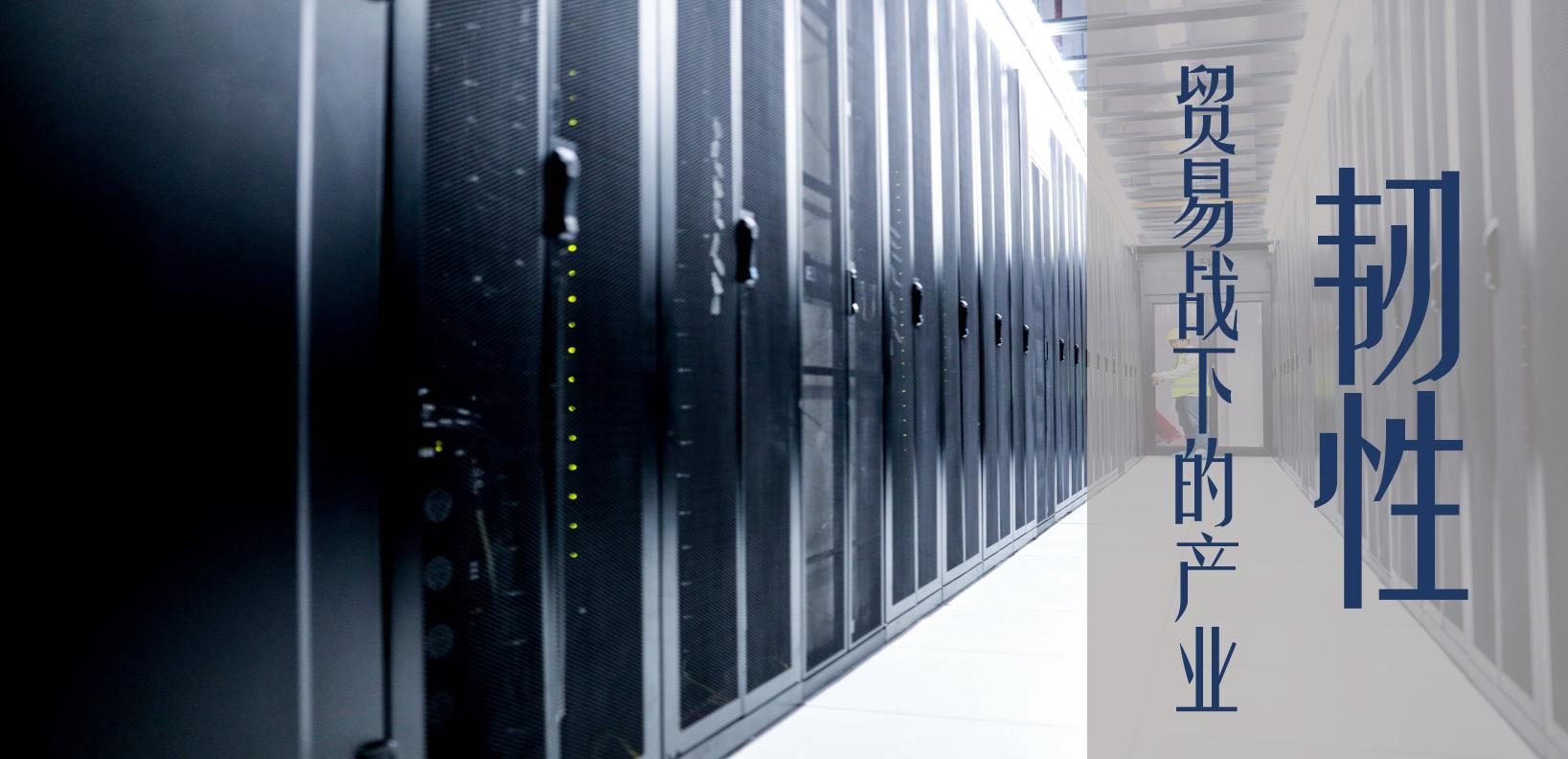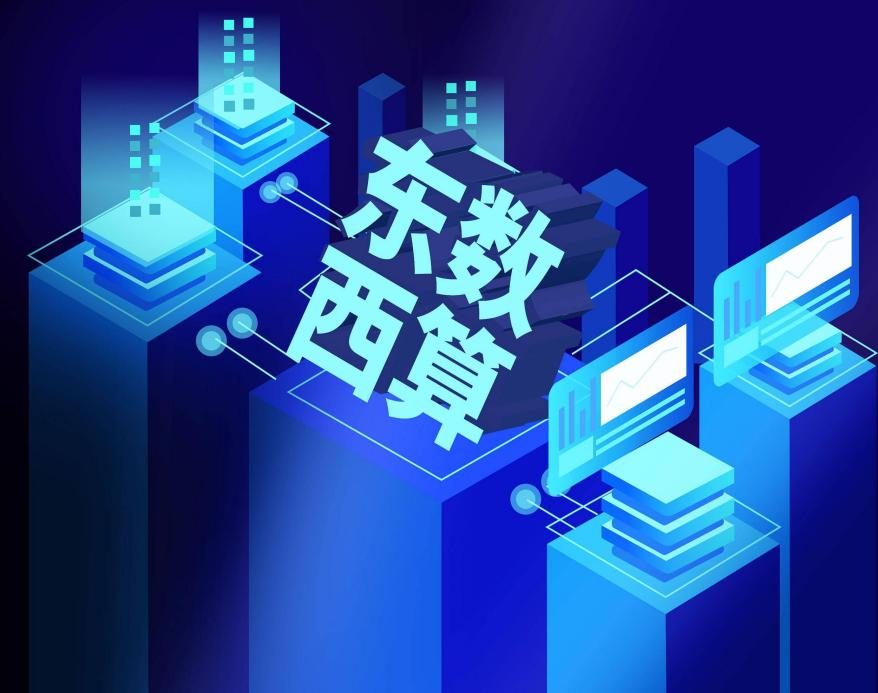Tariffs Squeeze Out Abundant Local Computing Power Resources丨Industrial Resilience Amid Trade Wars (I)
![]() 05/12 2025
05/12 2025
![]() 591
591

By | AI Relativity Theory
Under immense pressure, the sponge continues to expel its water. With technological advancements and shifting market conditions, China's computing power infrastructure is undergoing a rational "dewatering" process.
Today, Sino-US trade frictions have intensified, particularly as the United States tightens export controls on AI chips to China. The local computing power industry faces significant supply chain disruptions and cost pressures. This unstable environment presents the initial challenge in the "dewatering" of computing power infrastructure.
In this context, with high-performance chips in short supply, China's computing power industry must learn to optimize application scenarios using existing resources. The focus of computing power infrastructure is no longer on "building new" but on "utilizing old" – maximizing the performance of every available chip is the next hurdle for the entire local computing power industry to overcome.
Moreover, as the "utilize old" mindset gains dominance, the development of the computing power industry extends beyond merely replacing high-performance chips. This new movement spans from policy to technical levels, influencing local governments and enterprises alike, comprehensively affecting the growth of the local computing power industry.
Will a bottom-up investigation of computing power lead to an eventual "retreat" of infrastructure?
Since last year, industry reports have indicated a slowdown in the growth rate of computing power infrastructure. This year, more signals continue to reinforce this trend.
According to the latest report from Caijing News, to fully implement the "East Data West Computation" project, promote a nationwide integrated computing power network, and strengthen the overall layout of computing power infrastructure, relevant departments have provided "window guidance" for computing power infrastructure projects. Additionally, some cities are planning to issue notices regarding a bottom-up investigation of computing power, with survey data serving as a crucial basis for the national computing resources layout.

From AI Relativity Theory's perspective, a successful nationwide bottom-up investigation of computing power would mark a pivotal turning point in China's computing power industry. Incomplete statistics reveal over 200 smart computing center projects nationwide, with 90% possessing less than 1000P of computing power. Inefficient infrastructure faces redundancy issues and offers limited value to the current AI industry.
Inefficient or substandard computing power infrastructure represents a waste of resources within the national computing power network. With the progression of the bottom-up investigation, the local computing power industry may witness more direct resource redistribution and landscape reconstruction, further unleashing the value of existing computing power resources.
According to IDC Circle statistics, in the first quarter of this year, there were new developments in 165 smart computing center projects in mainland China. Among them, 58% of the projects were in the approved preparation stage, 33% were under construction or about to be operational, and only 10% were already operational/in trial operation.
This suggests that if the bottom-up investigation of computing power is a "radical solution," a considerable number of projects may be halted, correcting past mismatches in computing power resources at the infrastructure level. This would redistribute limited resources, enhancing the utilization rate of computing power within the existing market scale.
While undeniably painful for the industry, failing to address these issues now could lead to endless troubles in the future. Amid the current unstable market environment, the supply-demand relationship in the computing power market experiences subtle fluctuations.
Previously, companies like Lotus Holdings, Feilixin, Jinji Co., Ltd., and Hongbo Co., Ltd. have terminated related computing power contracts totaling billions of yuan. If this signals a retreat in market demand, the current bottom-up investigation of computing power could minimize future "stranded" excess computing power resources.
This rational adjustment of the computing power industry comes at an opportune moment.
Stockpiling chips is not the sole solution for the computing power industry
Under significant tariff pressure and chip export restrictions from the United States, many believe stockpiling chips is the key to navigating this crisis. Sufficient chip inventory support might tide them over. However, this notion underestimates the severity of the trade war and misjudges the trajectory of the computing power industry.
The state promotes the construction of a nationwide integrated computing power network, clearly outlining the goals of the "East Data West Computation" project and the overall scheduling of computing power resources. The fundamental aim is to address "mismatches in the time and space of supply and demand for computing power" and "local resource idleness."
Simply put, at the computing power infrastructure level, the hardware stacking model confronts policy constraints, cost pressures, and supply chain risks, making it an unsustainable long-term solution. Amid these trends, the computing power industry urgently needs to address low computing power utilization. According to the China Academy of Information and Communications Technology, the overall utilization rate of computing power in launched smart computing centers nationwide is merely 32%.
Currently, enhancing computing power utilization is a major concern for leading vendors, with solutions targeting the training and inference stages of large models to address the industry's most pressing pain points. For instance, Lenovo's Wanquan Heterogeneous Smart Computing Platform supports a 60% increase in DeepSeek training MFU through unified scheduling of diverse computing power resources like CPUs and GPUs, offering fault breakpoint resumption in under a minute and a 40% boost in computing power utilization.

When training mainstream open-source models, Baidu's Baige 4.0 also elevates cluster MFU to 58%, with an effective training rate of 98%. The industry's MFU improvement primarily stems from algorithm optimization, AI acceleration suite applications, and other means. Baige 4.0 chose the path of independently developing the large model training and inference acceleration suite AIAK. At the operator optimization level, it achieves a 10% performance improvement compared to NVIDIA's self-developed operator acceleration library.
These approaches represent proactive measures by local vendors to enhance computing power utilization. In fact, the continuous optimization of computing power utilization has significantly advanced China's computing power development industry. Traditional computing power was merely a resource pool, but it is now evolving into an intelligent computing platform supporting diverse AI applications and real-time regulation of computing power resource allocation.
Written at the end
To some extent, China's computing power market appears to have fallen into distorted expansion. On one hand, abundant computing power resources go underutilized. The National Information Center notes that the average utilization rate of computing power for numerous data center servers in China is only 5-10%, with most servers serving as mere displays in machine rooms, devoid of practical value. On the other hand, market enterprises struggle to access suitable computing power, often finding it too expensive or insufficient.
This scenario resembles abundant underground rivers left unexploited while the surface suffers from drought. Today, whether it's local governments conducting bottom-up investigations of computing power or large enterprises pursuing technological innovation, the goal is to further tap into these underground rivers and fundamentally address the issue of surface drought, rather than importing water from elsewhere.
*All images in this article are sourced from the internet







